With the Saving on a Valuable Education (SAVE) Plan on the brink of elimination, many borrowers are wondering: should I exit the SAVE plan now and start making student loan payments under another repayment plan?
Income-driven repayment plans just reopened after being paused for a month, and it’s leaving many borrowers wondering if they should switch.
For most borrowers, the answer is no. Borrowers on the SAVE plan should likely just enjoy their administrative forbearance, save their estimated monthly payment in a high yield savings account, and then resume making payments once the dust settles.
The simple fact is we don’t know what the future holds, and if there’s no urgent reason for you to change repayment plans, don’t.
However, there are three circumstances where borrowers may benefit from changing out of the SAVE plan and into another repayment plan sooner.
1. You’re Close To Receiving Public Service Loan Forgiveness
If you’re nearing the completion of the 120 qualifying payments required for Public Service Loan Forgiveness (PSLF), switching from the SAVE plan to another income-driven repayment (IDR) plan could expedite your path to forgiveness.
What is close? 6 payments away or less to be safe, but maybe up to 10 payments if you want to deal with the risk.
Why six payments or less? In any scenario, it will take months to revamp the repayment plan landscape. However, if you’re less than 6 payments away, there’s a good chance you can simply get the loan forgiveness and be done with it this summer.
However, switching to a non-blocked plan like the Standard 10-Year plan could also be beneficial, just remember that you will likely have significantly higher payments. We don’t recommend this, but we also know there are some people that are willing to do anything to get across the 120 payment finish line.
Don’t forget you can PSLF buyback your payments for any time in forbearance – so if you’re already at 118 and have been in forbearance, just do the buyback process now!
2. You’re Eligible For Another Repayment Plan
Right now, borrowers can only enroll in the Standard plans, IBR plan, PAYE, or ICR. However, while application acceptance is open, processing is still paused.
The reason processing is paused is due to questions around the application, specifically question number 2 – selecting a repayment plan. As a result, if you do want to switch, we only recommend switching to IBR currently.
Note: The latest court injunction expands the order to block forgiveness as part of PAYE, ICR, and REPAYE. While the plans are open, you cannot get 20/25 year loan forgiveness under these plans. That doesn’t impact PSLF eligibility under these plans.
It’s important to confirm that you meet all necessary requirements before making the switch. The nuances of each IDR plan can significantly impact your eligibility and the timeline for forgiveness.
Here’s a handy guide from the Department of Education on what’s available:
3. You’re Concerned About PSLF Buy-Back
The PSLF Buy-Back program allows borrowers to receive credit for past periods of repayment that might not have initially qualified toward the 120-payment requirement. However, relying on this program could introduce delays.
For those early in their PSLF journey, opting for a different qualifying repayment plan may provide a more straightforward path without the potential complications associated with the Buy-Back program.
We are seeing borrowers getting the buy back applications approved. Realize that it is taking 45-90 days to have these processes, and the buy back payments must be the last payments to cross the 120 finish line.
Final Thoughts
Of course, you can always change repayment plans to one of the open plans if you want to pay off your student loans faster – but for over 50% of borrowers, that doesn’t make sense. Most borrowers in the SAVE plan should simply stay put during the administrative forbearance, and then take action once the court cases are resolved and more clarity is available.
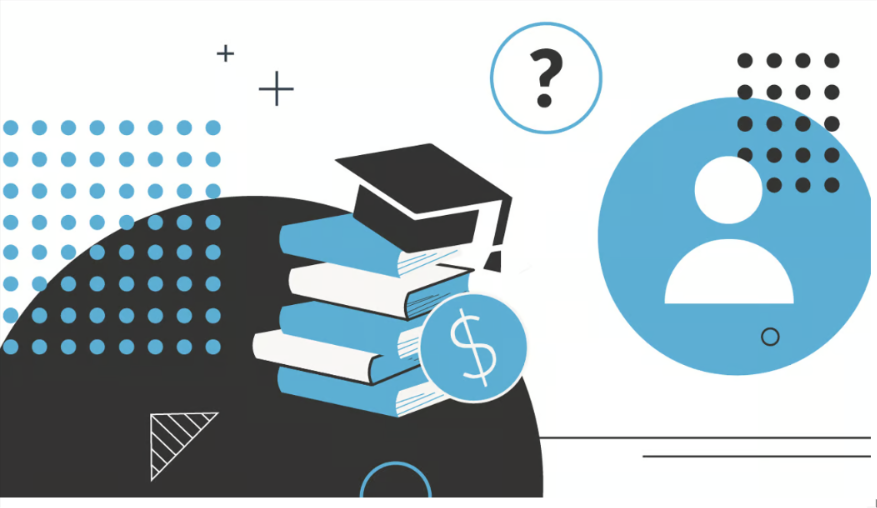

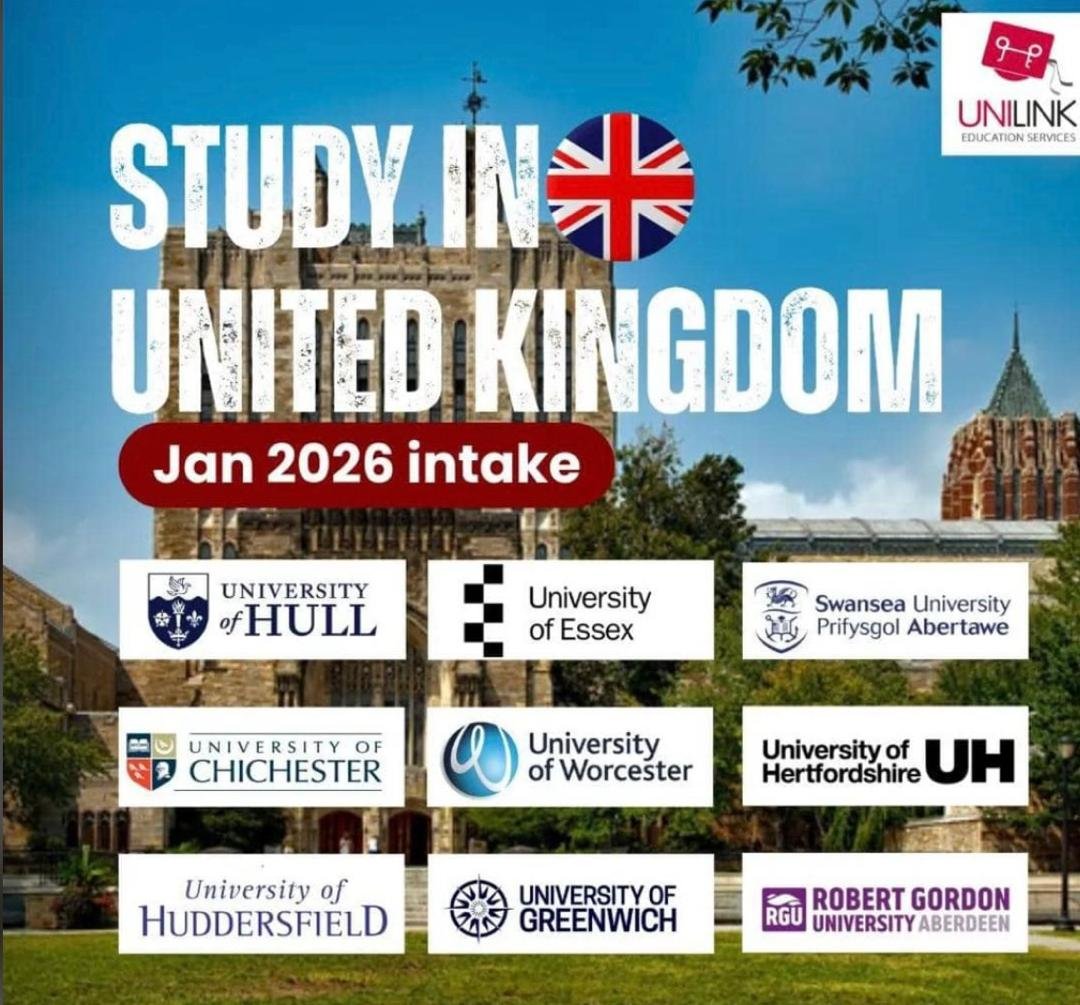
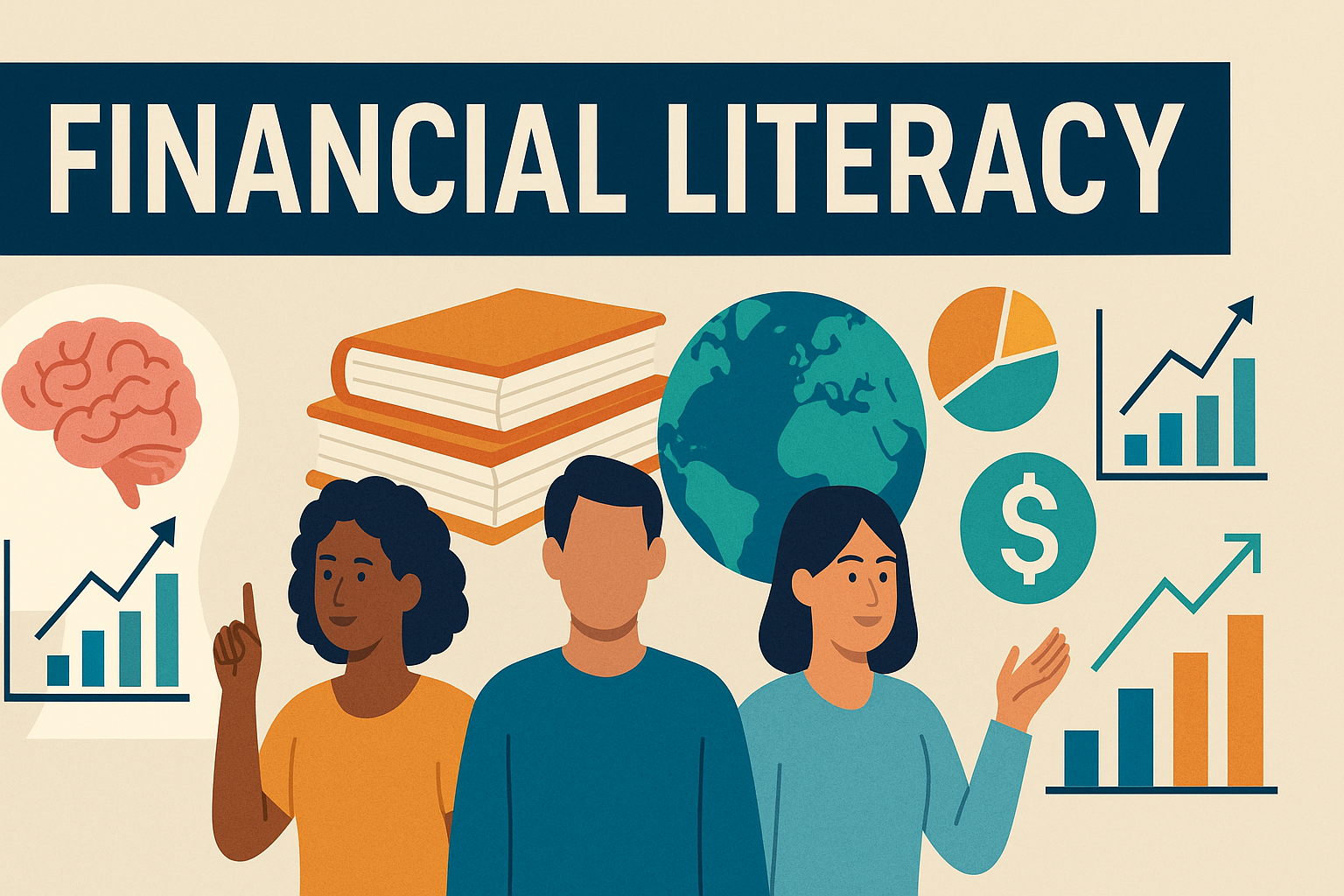
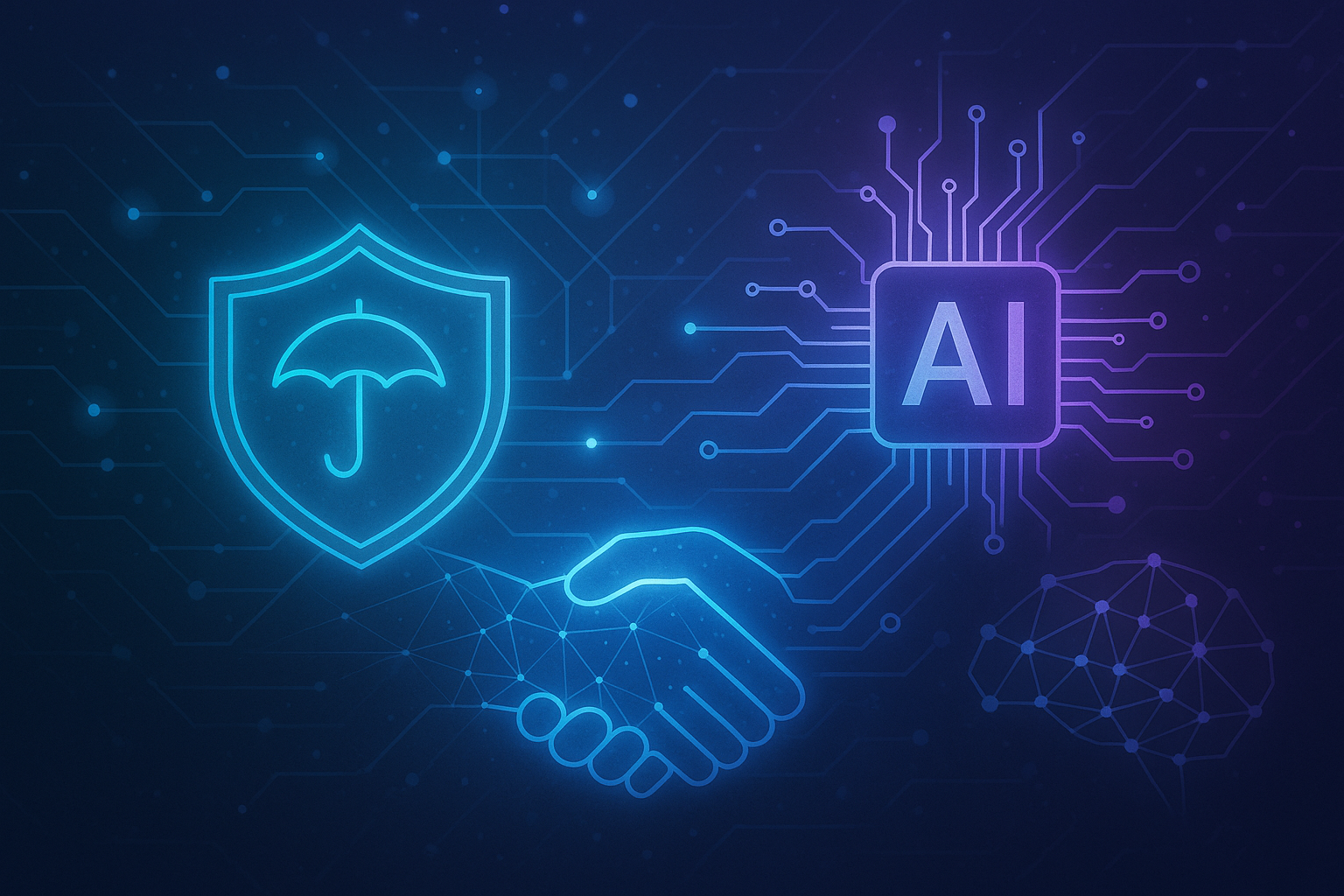


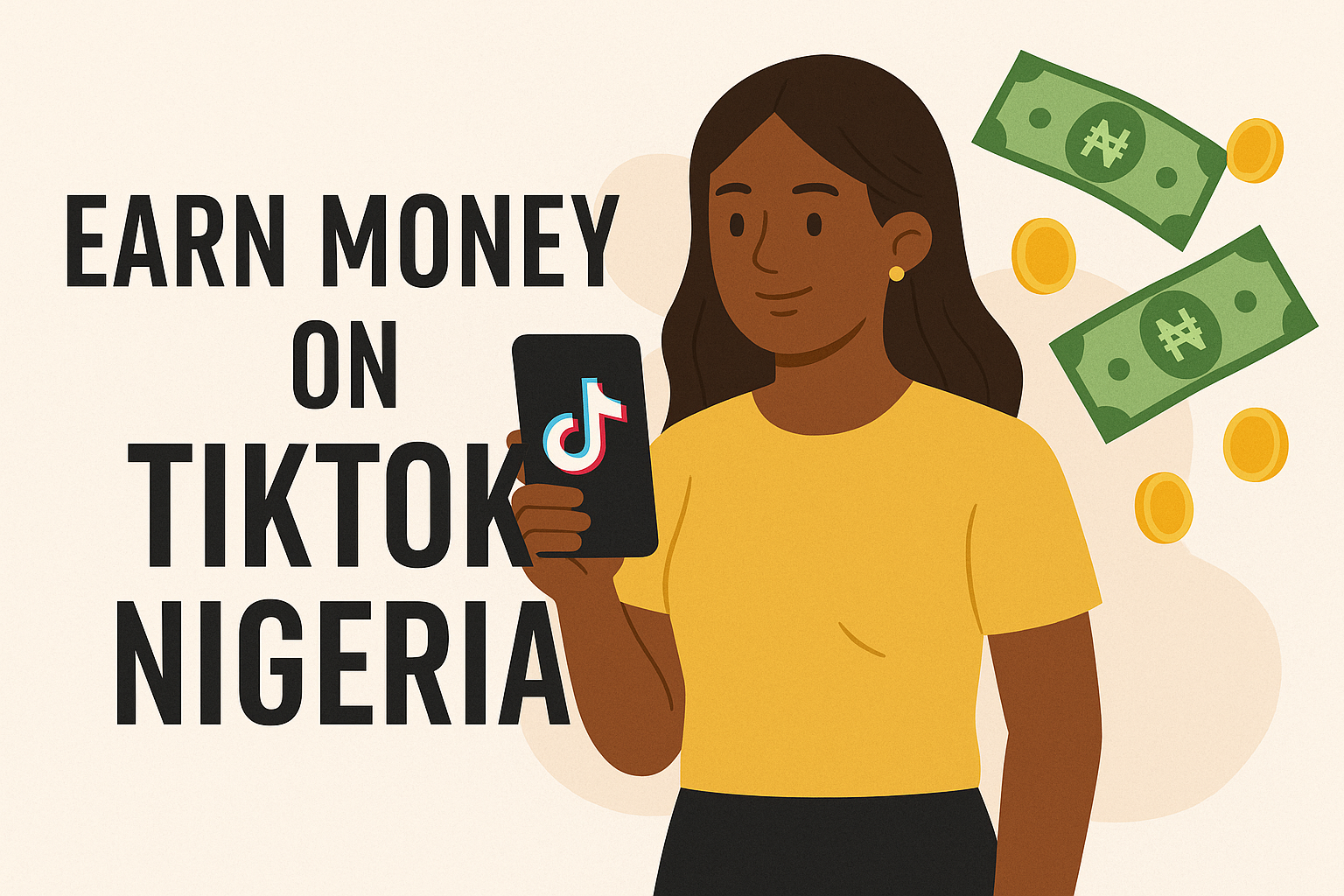



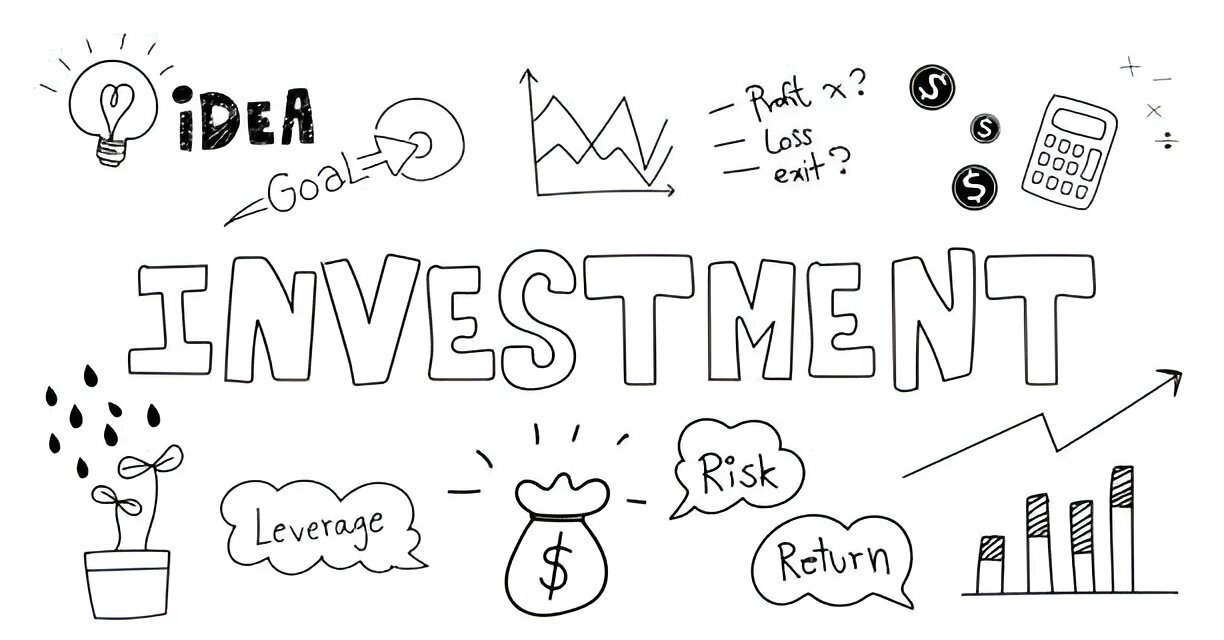

Loading comments...
Leave a Comment(Login required)